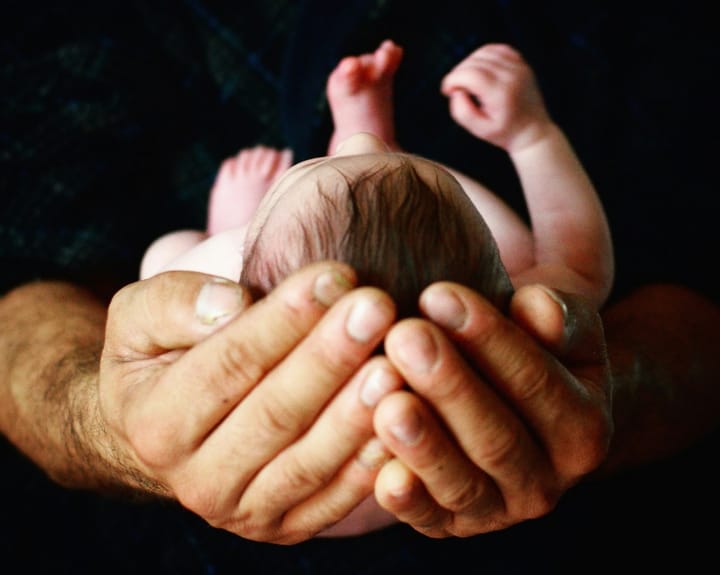Migraine relief in kids: Room for more treatments

Migraine is a common yet often debilitating issue among children and teenagers and as kids approach adolescence, migraines become more frequent, particularly among girls.
Migraines in young people do not just bring pain; they impact daily life, school performance, and social activities. Studies also suggest that having migraines in youth can increase the risk of developing mental health challenges like anxiety and depression later in life.
The International Headache Society has developed specific guidelines for identifying migraines based on factors like pain location, duration, and symptoms such as nausea or light sensitivity.
But, although diagnosing migraines in children is usually straightforward, finding effective treatments is more complex.
The study
The researchers analyzed clinical trials involving thousands of children and teens to compare the effectiveness of migraine medications.
With a focus on clinical trials, the initial search for relevant papers yielded no less than 9162 studies.
Five investigators independently extracted the study data into a spreadsheet. The scientific quality of the studies was calculated, and the primary and secondary outcomes were noted.
So, how do we treat our children with migraine?
Treatment generally falls into two types: one for immediate relief of pain and another for long-term prevention of future attacks.
Standard pain relievers like Tylenol/paracetamol and ibuprofen are often used for young children, while triptans—a class of drugs designed specifically to treat migraines—are more common in teens. However, only one triptan, rizatriptan, is fully approved for use in children as young as six, with others only recommended for teens.
Preventing migraines is a greater challenge. While there are medications to prevent attacks in adults, options for younger patients are limited. One of the few approved drugs, topiramate, has shown only modest benefits in children and adolescents, making it clear that more studies are needed to develop effective preventive strategies for young people.
Some drugs like pregabalin and topiramate reduced the frequency of migraines by up to 62 percent when compared with placebos. Researchers also explored combinations, such as pregabalin with vitamin D and riboflavin, which seemed to enhance effectiveness.
However, these treatments did not improve the quality of life or reduce the duration of migraine attacks, highlighting the need for further research to develop more comprehensive therapeutic strategies.
About the scientific paper:
First author: Omid Kohandel Gargari, MD, Iran
Published: JAMA October 2024.
Link to paper: https://jamanetwork.com/journals/jamanetworkopen/fullarticle/2824677




Comments ()